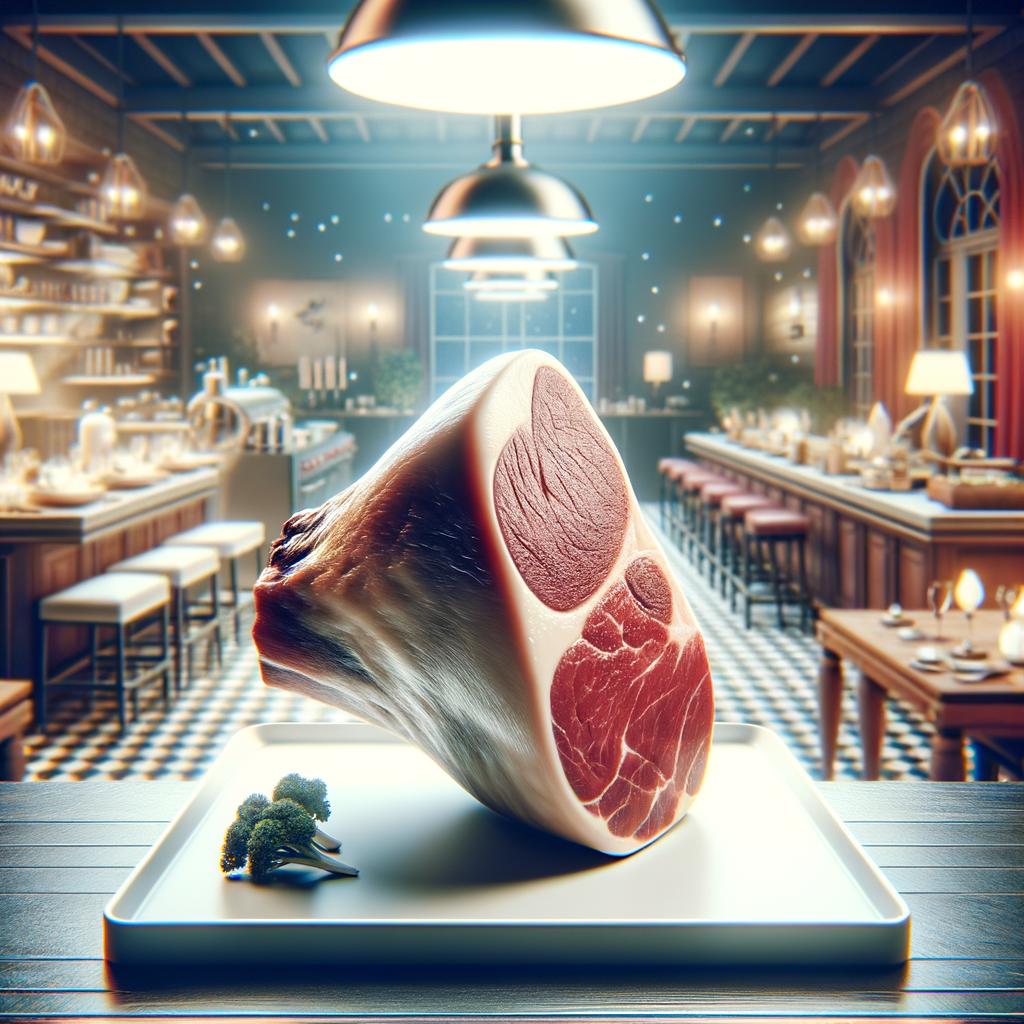Beef Shin

Description
Beef shin, also known as beef shank, is a deliciously rich and hearty cut of meat that is often overlooked in favor of more popular cuts. It comes from the front leg of the cow, just below the knee. The meat is dark, almost burgundy in color, and is marbled with a thin layer of fat that gives it a glossy sheen. The texture is dense and fibrous, but when cooked slowly and gently, it becomes incredibly tender and succulent. It has a deep, robust flavor that is both savory and slightly sweet, with a hint of earthiness that sets it apart from other cuts of beef.
Primary Uses
Beef shin is a versatile ingredient that can be used in a variety of dishes and cuisines. It is perfect for slow cooking methods such as braising, stewing, and roasting, which allow the tough fibers to break down and the rich flavors to develop. It is a key component in dishes like Italian osso buco, French pot-au-feu, and British steak and ale pie. In some cultures, the marrow from the shin bone is also used to enhance the flavor of soups and sauces. Apart from its culinary uses, beef shin is also used in bone broth for its high collagen content, which has numerous health benefits.
History
The use of beef shin dates back to ancient times when our ancestors utilized every part of the animal for sustenance. It was a popular ingredient in medieval Europe, where it was slow-cooked in hearty stews and pies. In the 19th century, during the Industrial Revolution, it became a staple in working-class households due to its affordability and ability to feed a large family. Over time, however, it fell out of favor as more tender cuts of meat became readily available. Today, it is experiencing a resurgence in popularity as chefs and home cooks alike rediscover its rich flavor and succulent texture.
Nutritional Information
Beef shin is a highly nutritious cut of meat. It is an excellent source of protein, which is essential for muscle growth and repair. It also contains a significant amount of iron, which helps to prevent anemia, and zinc, which supports a healthy immune system. Moreover, the marrow from the shin bone is rich in collagen, which is beneficial for skin, hair, and joint health. Compared to other cuts of beef, shin has a slightly higher fat content, but this is largely monounsaturated fat, which is considered heart-healthy. It also has a lower cholesterol content, making it a healthier choice for those watching their cholesterol levels.

